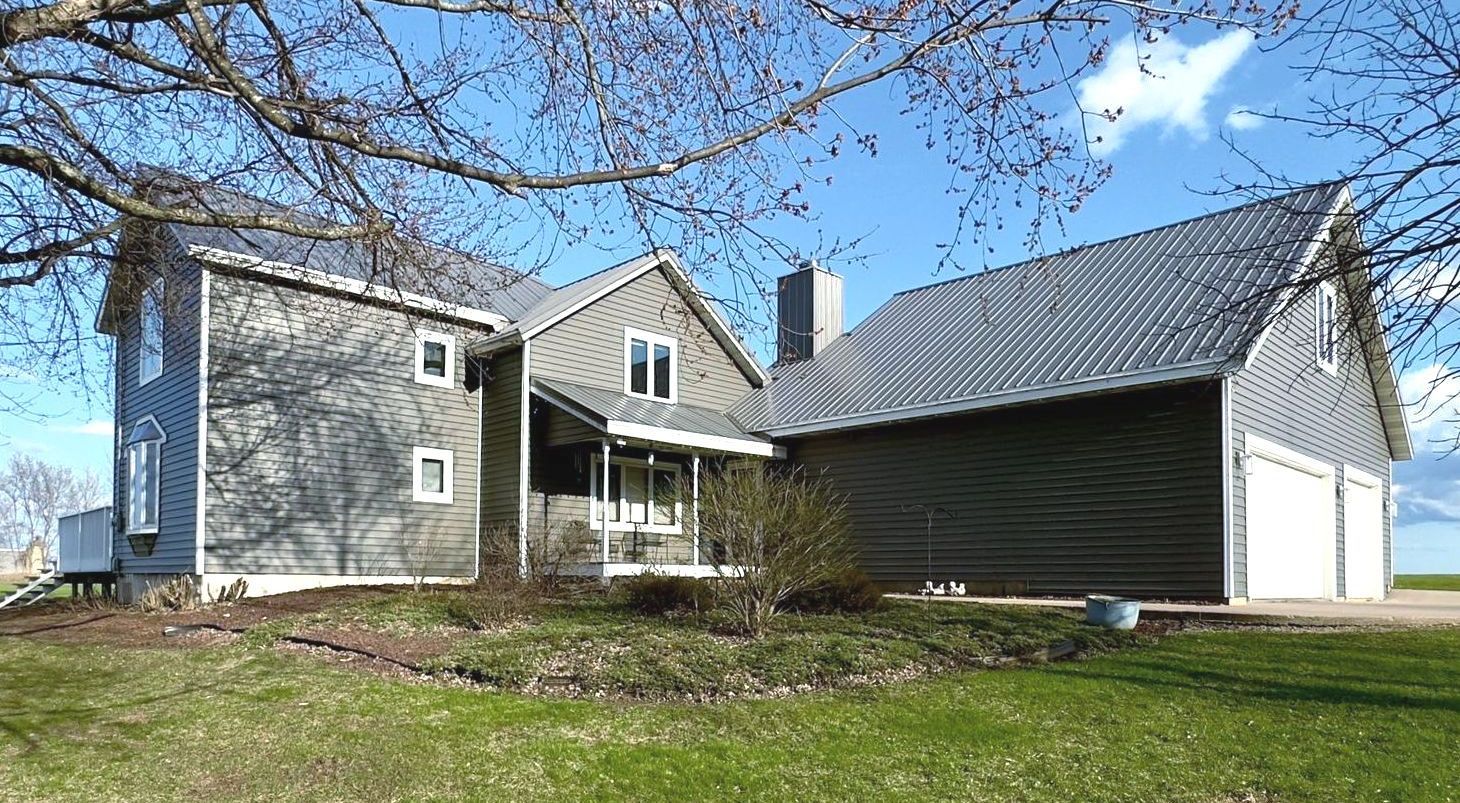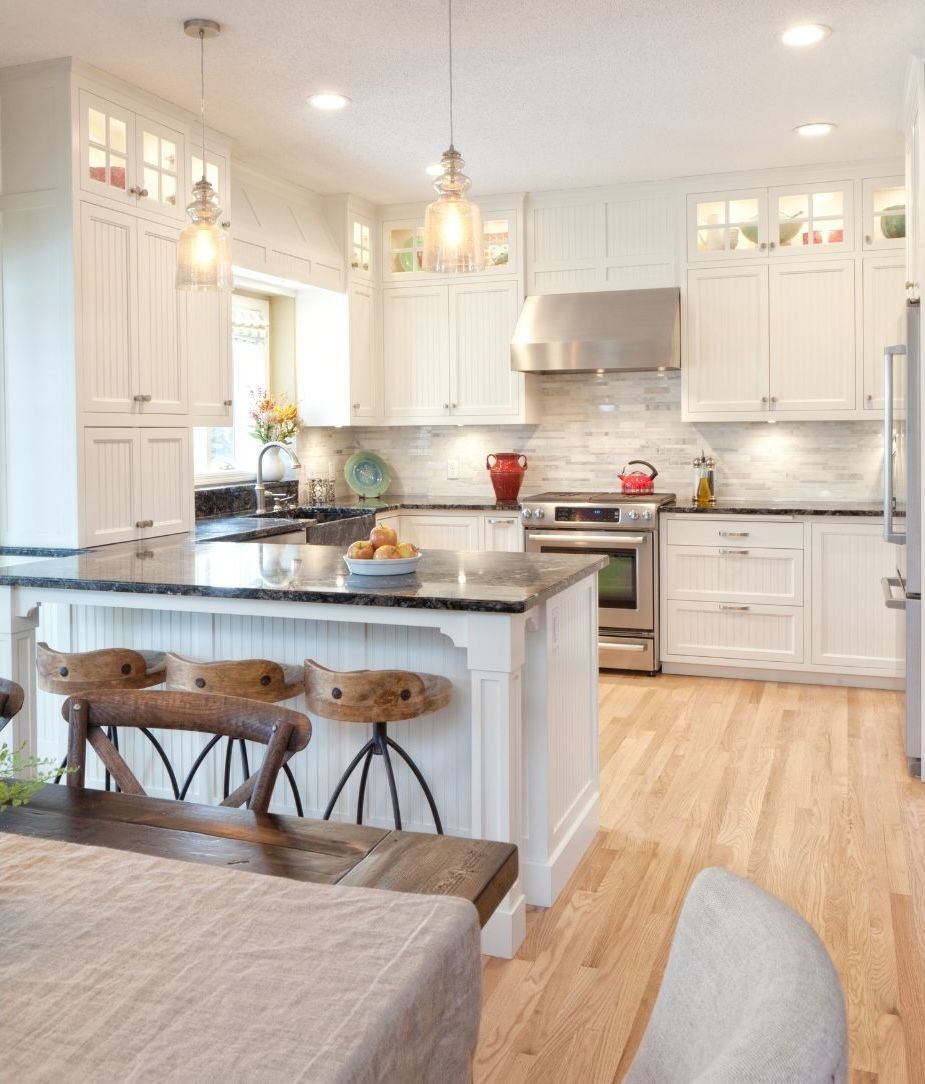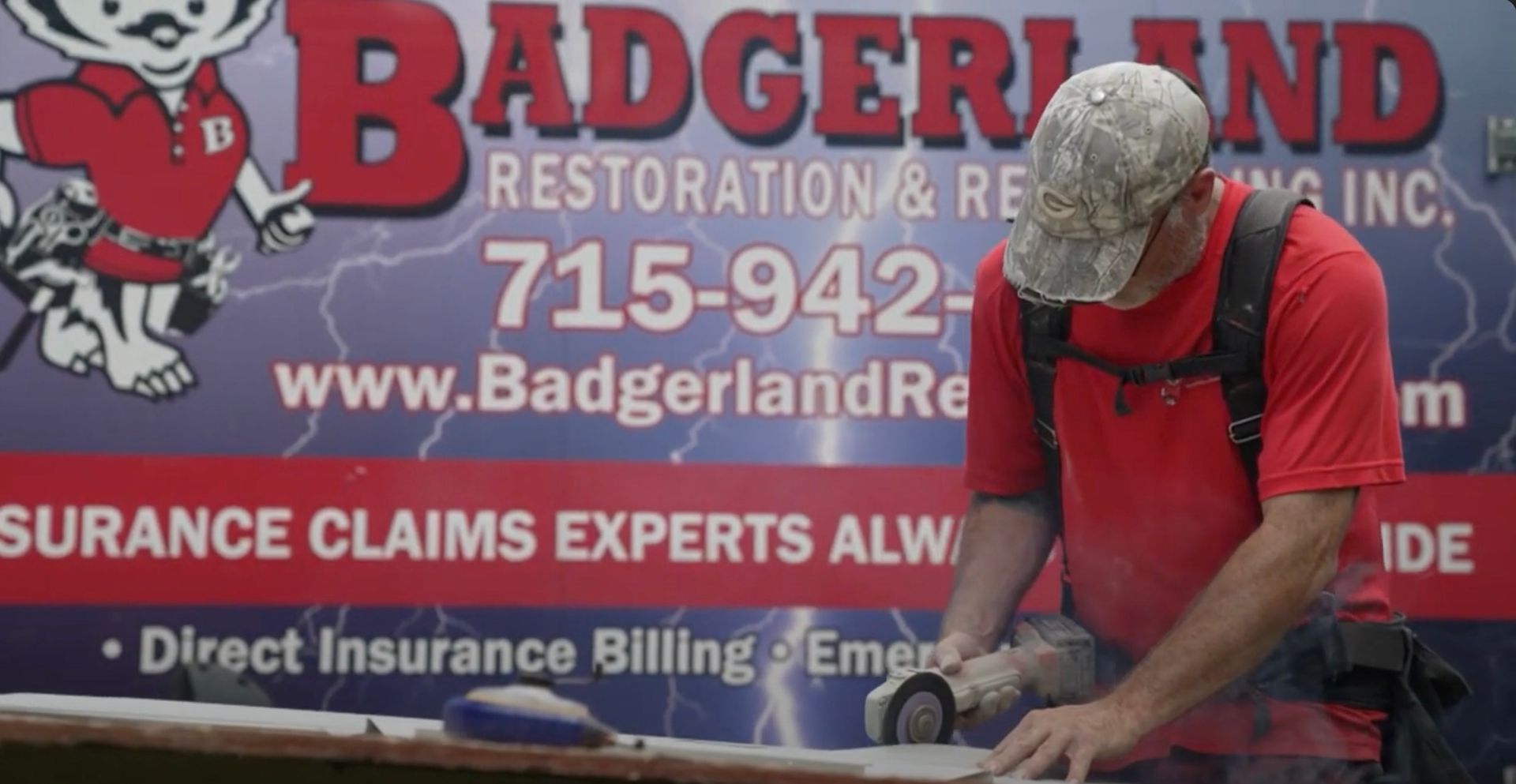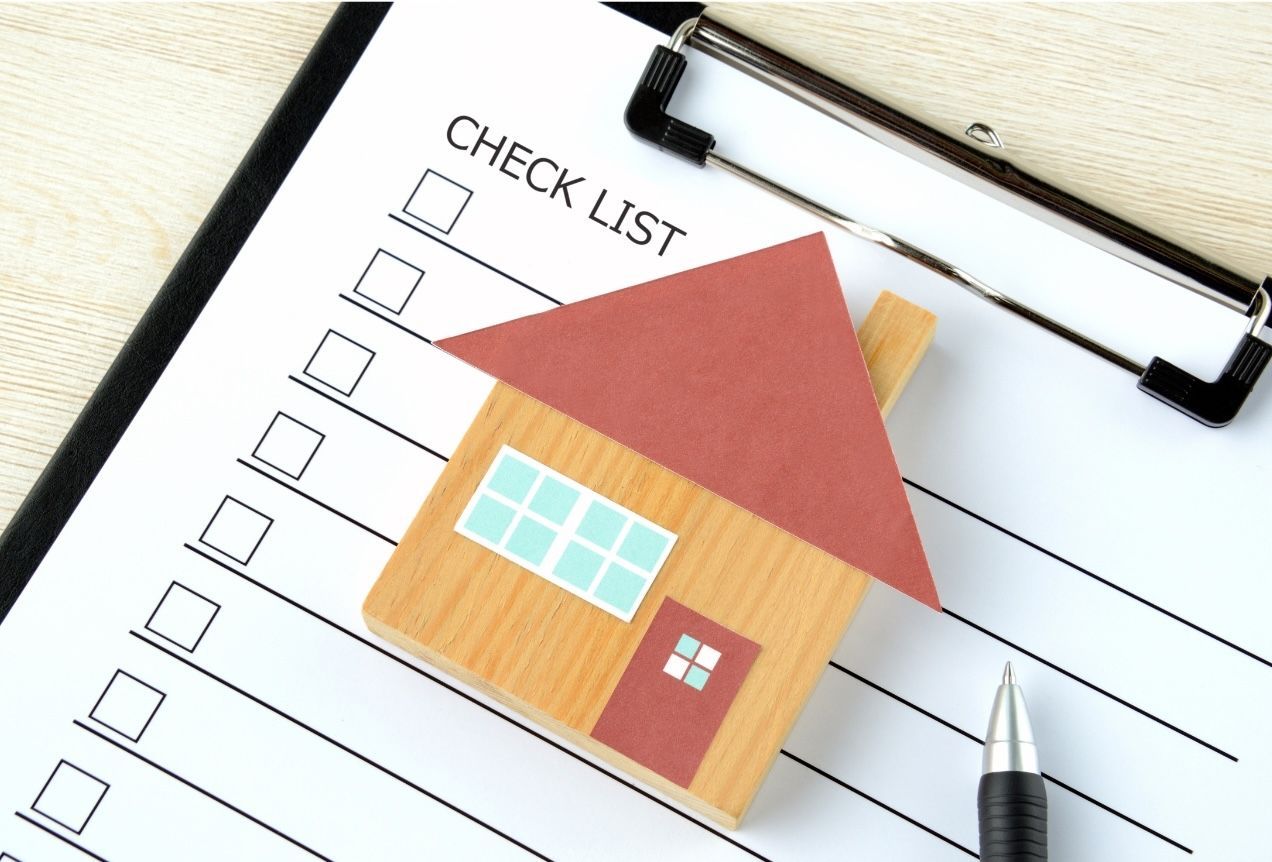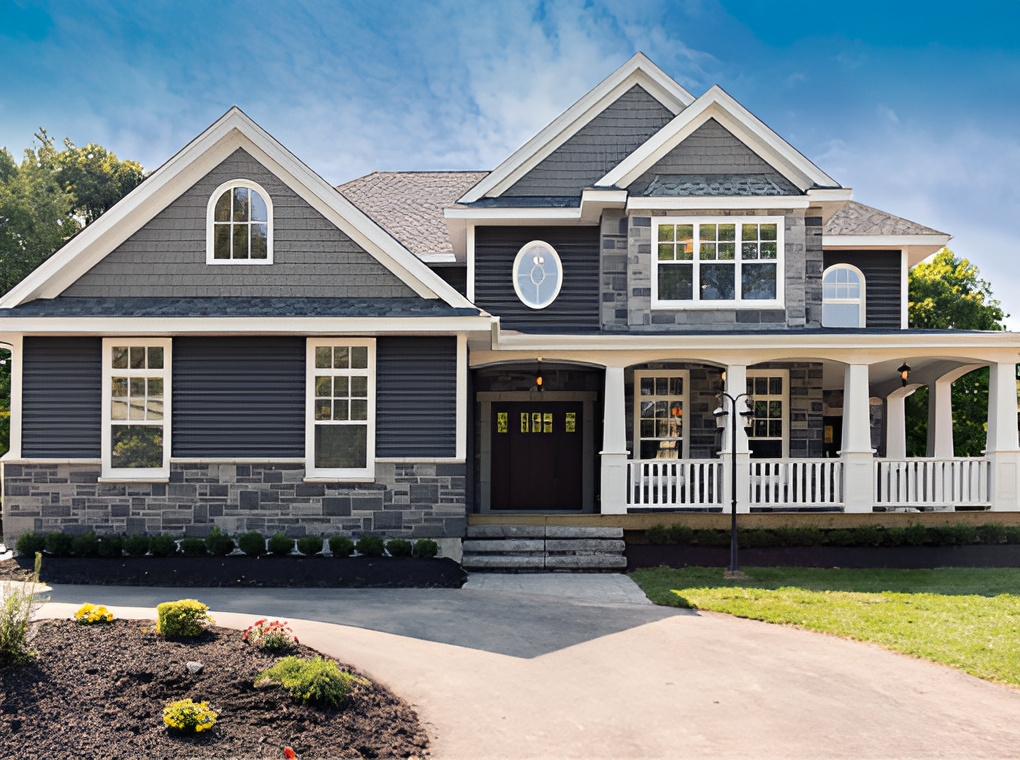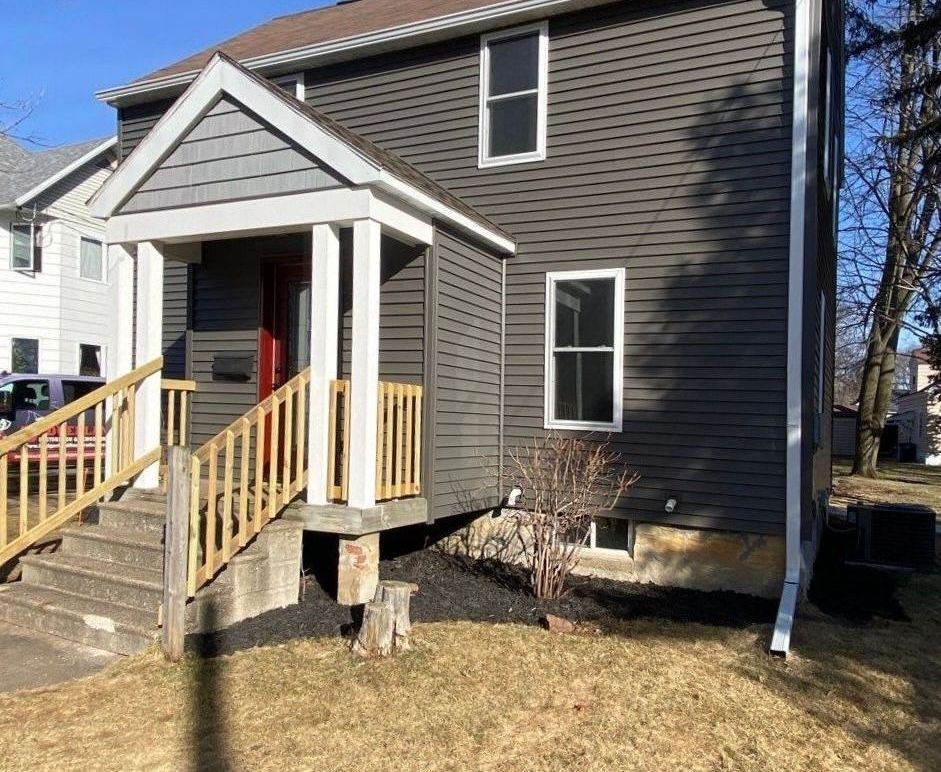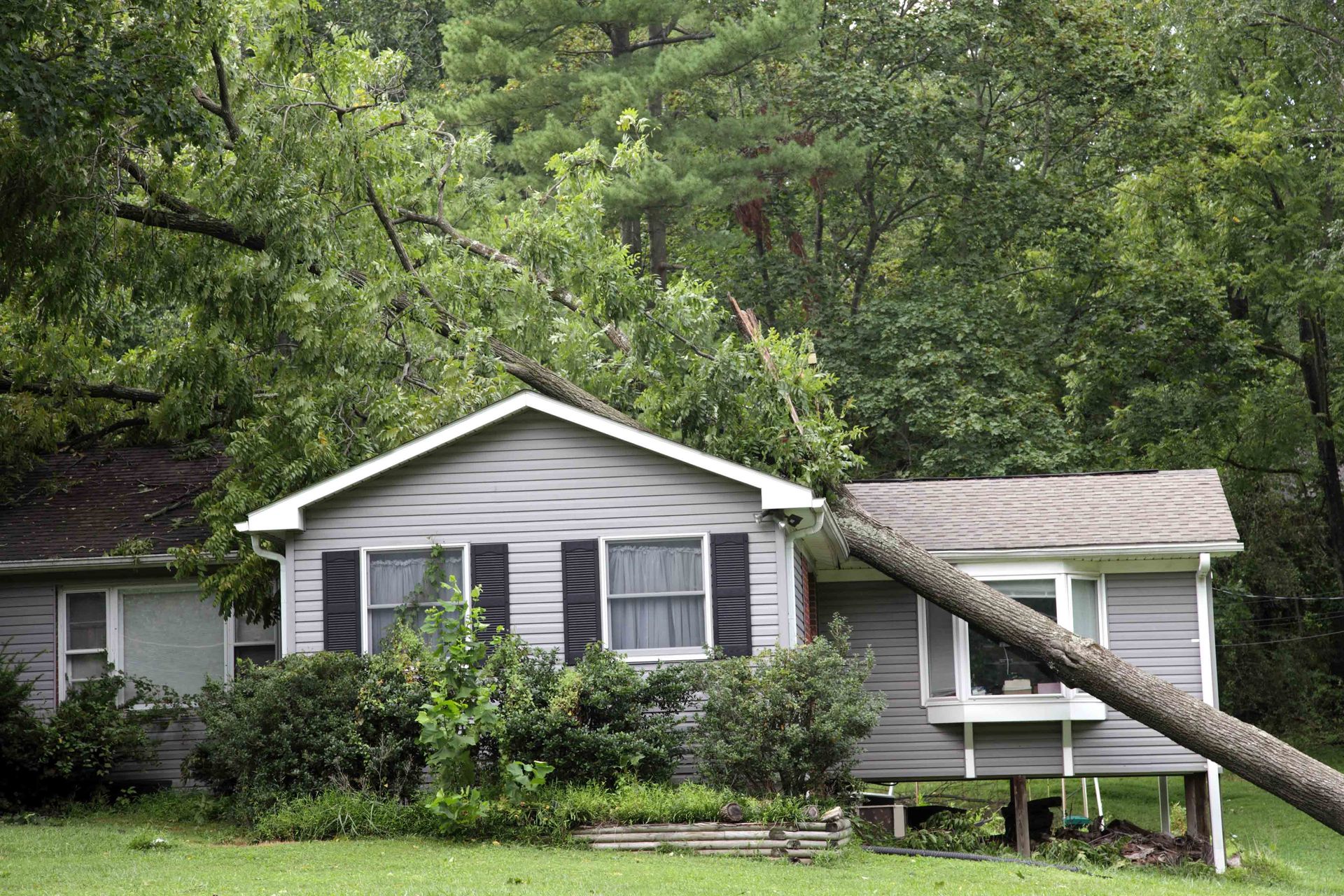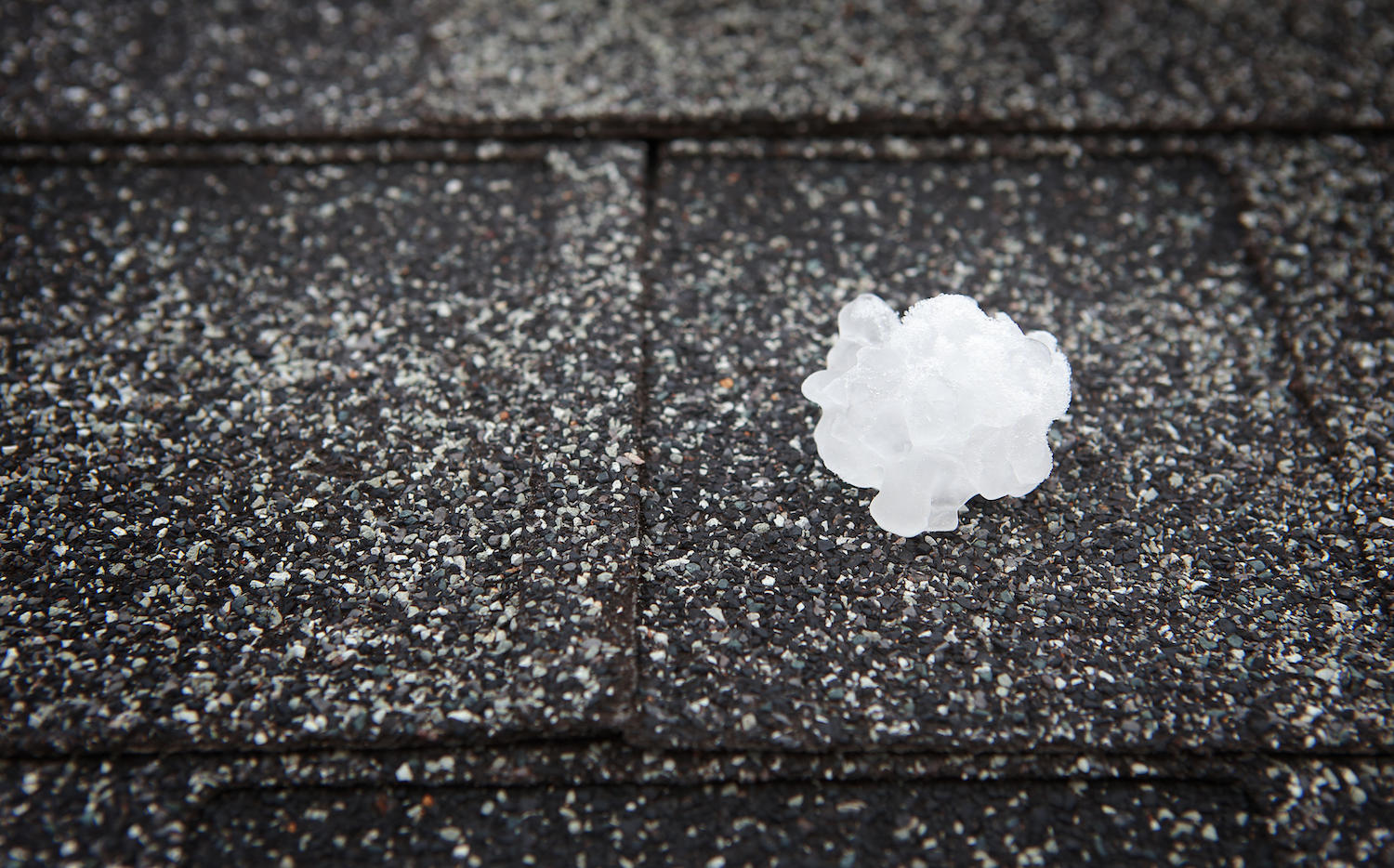Frozen and Burst Pipes: The Icy Nightmare No Homeowner Wants
What To Do When A Frozen Pipe Bursts In Your Home
Tips from your local contractor in New London, WI
Ah, winter. A time for cozy fires, hot cocoa, and unfortunately, frozen pipes turning your home into an accidental water park. If you've never dealt with frozen or burst pipes, consider yourself lucky. But for those who’ve woken up to an unexpected indoor skating rink, let’s dive into the frosty facts.

What Causes Frozen Pipes?
It’s simple science. When temperatures dip below freezing, the water inside your pipes can solidify, expanding as it transitions from liquid to ice. This expansion creates immense pressure, leaving your pipes with two options: stay intact (if you’re lucky) or burst like an overinflated balloon (if you’re not).
Some common culprits include:
- Poor insulation: Pipes in unheated spaces like attics, basements, or crawl spaces are especially vulnerable.
- Sudden temperature drops: A surprise cold snap can catch even prepared homeowners off guard.
- Openings or drafts: Cracks or gaps in walls and floors can let icy air creep in and surround your pipes.
The Damage Frozen Pipes Can Cause
Let’s paint a vivid picture: You’re sipping a margarita on a beach, blissfully unaware that back at home, a frozen pipe has burst. Water is now gushing through your walls, ceilings, and floors like it’s auditioning for Niagara Falls: The Musical.The damage can be catastrophic, especially if the problem isn’t caught right away.
1. Structural Damage
Water doesn’t discriminate. It seeps into drywall, flooring, and wood framing, weakening everything it touches. Left unchecked, this can lead to:
- Mold and mildew: A health hazard that also smells... well, like a gym bag left in the trunk for a week.
- Rotting wood: This weakens your home’s structural integrity faster than you can say “remodeling nightmare.”
- Warped floors: Hardwood and laminate flooring can buckle under prolonged water exposure.
2. Electrical Hazards
Water and electricity are a dangerous duo. A burst pipe can flood electrical outlets, light fixtures, and appliances, leading to:
- Short circuits
- Fire hazards
- Costly repairs or replacements
3. Property Loss
That sentimental rug from your grandma? Gone. Your collection of rare vinyl records? Toast. Personal belongings are often casualties of water damage, especially in basements or storage areas.
The Hidden Threat of Burst Pipes in a Vacation Home
If your vacation cabin or second home experiences a burst pipe, the damage multiplies exponentially. Here’s why:
- Delayed discovery: If no one’s around to catch it, water can run for days or even weeks, flooding every nook and cranny.
- Worse damage: Extended exposure amplifies all the issues above, turning a manageable repair into a full-scale reconstruction.
- Costly repairs: Fixing a burst pipe is one thing. Replacing waterlogged drywall, flooring, insulation, and belongings? That’s a whole other ballgame.
How to Handle Burst Pipes Like a Pro
So, the worst has happened. A pipe has burst, water is flowing freely, and you’re having a mild panic attack. Don’t worry—here’s your game plan:
1. Shut Off the Water
First things first: Find your main water shut-off valve and turn it off to stop the flow. (If you don’t know where it is, now’s the time to find out. Future you will thank you.)
2. Call a Plumber
A licensed plumber can repair the pipe and get your water system back in working order. But that’s just the tip of the iceberg.
3. Contact an Experienced Contractor
Here’s where the real magic happens. You need a contractor who’s:
- Skilled in water damage restoration: They’ll remove standing water, dry out the affected areas, and prevent mold growth.
- Experienced with insurance claims: Water damage claims can be tricky, so you want someone who knows how to navigate the paperwork and advocate for you.
How to Prevent Frozen Pipes (and Save Yourself the Headache)
An ounce of prevention is worth a pound of cure, especially when it comes to frozen pipes. Here’s how to keep Jack Frost at bay:
- Insulate exposed pipes: Foam pipe insulation is cheap and effective.
- Seal gaps and cracks: Use caulk or weatherstripping to block drafts near pipes.
- Keep your thermostat consistent: Never let it drop below 55°F, even when you’re out of town.
- Let faucets drip: A slow trickle of water can keep pipes from freezing.
- Drain pipes in vacant homes: If your cabin’s empty for the winter, shut off the water supply and drain the pipes.
Why You Need the Right Team for the Job
While a plumber can fix the burst pipe, the aftermath requires a contractor with serious skills. Water damage is no joke, and cutting corners can lead to long-term problems. At Badgerland Restoration & Remodeling, Inc., we’ve been handling water damage for over 25 years. Whether it’s extracting water, repairing drywall, or navigating insurance claims, we’ve got your back.
So, the next time winter comes knocking, remember: Stay prepared, stay warm, and if disaster strikes, call the pros to restore your home to its former glory. After all, no one wants their house to double as an ice rink.

